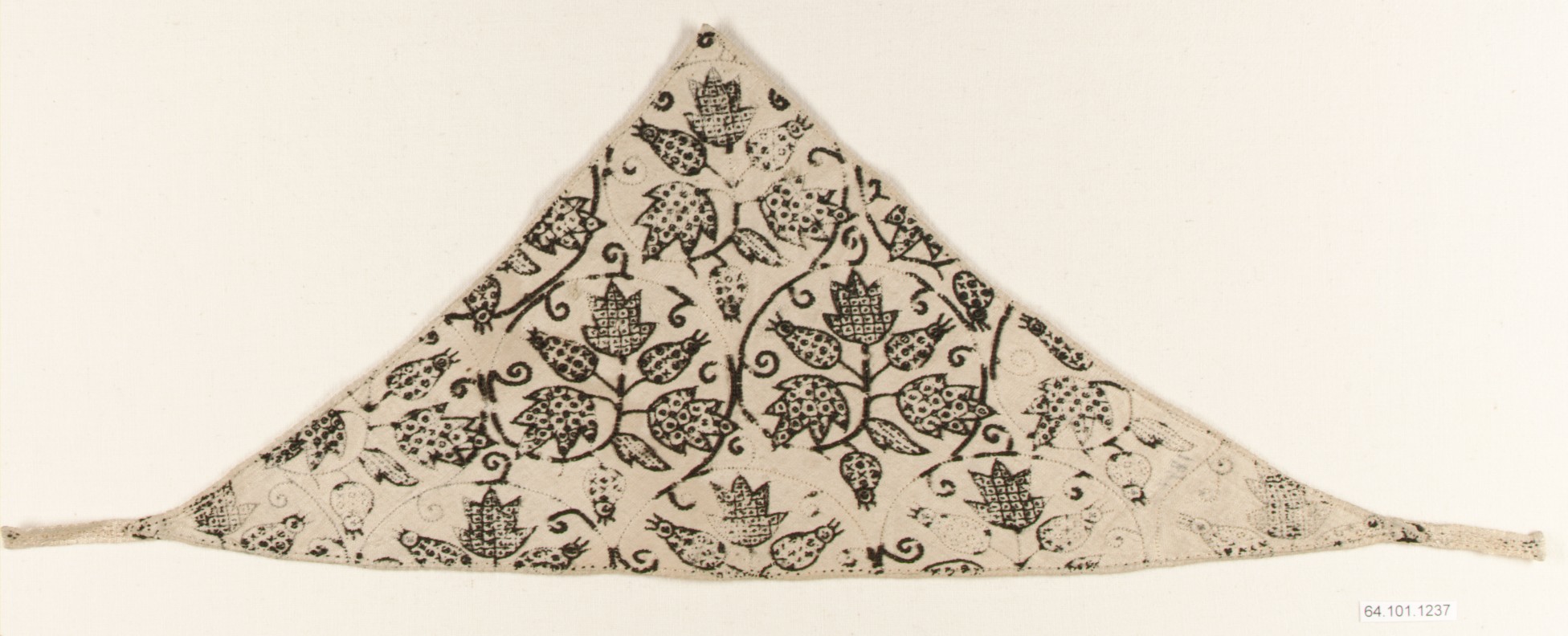 |
| The Domestic Revolution by Ruth Goodman |
I have a new favorite Ruth Goodman book. Embarrassingly enough, I ordered The Domestic Revolution: How the Introduction of Coal into Our Homes Changed Everything when it first came out in 2020, read it three times, but somehow never actually finished this post. The book is a bit of a departure from the author's previous titles, spanning the 16th to 19th centuries instead of focusing on a single century/reign, and it really delves the changes over that period rather than giving a snapshot of a particular time. As the subtitle suggests, this book explores the causes and effects of adopting coal as the primary domestic fuel in England.
The book is 302 pages (excluding the bibliography), divided into nine chapters. The first of these discusses the various fuels that were used before the widespread adoption of coal; later chapters explore the factors which led to coal replacing wood as Britain's main fuel coal, the evidence for how/where coal use spread through the island, and the resulting the changes in land-use patterns, cooking methods, house fixtures, and cleaning practices that arose from domestic coal use. The primary sources are eclectic, including wills/inventories, charitable bequests, household manuals, cookbooks, surviving buildings, advertisements, patents; I find their use persuasive and the conclusions drawn from them plausible. The author also describes her own historical experiments where relevant (particularly concerning cooking and the idiosyncrasies of using different fuels) which I think adds a unique practical dimension to the discussion.
This is a fairly text-heavy book. The images, averaging just over six per chapter, are often copied from period sources. There are no color illustrations, and the modern images are mostly simple illustrations or diagrams (including grates, coppices, peat cooking fires, the reconstructed Mary Rose galley.) There were times when I wished I was standing next to a reconstructed oven with the author pointing out the relevant features, but overall the text carries the message and the book doesn't really suffer from having few illustrations. As always, the writing is approachable, and reads like a friend telling you all about their latest historic research project. The text does not use numbered citations, but the bibliography is divided by chapter.
Overall, I found the book enjoyable, and thought-provoking. I particularly like how the author ties the different subtopic to eachother: how land-use affects the availability of different fuels, how those fuels affect cooking styles and oven design; tracing the changes to English cuisine as coal replaced slower fuels; and even the different cleaning methods needed in a coal-burning versus wood-burning households.
*In addition to wood, the first chapter explores the practical aspects of other domestic fuels used in Britain prior to and aside from coal, including peat/turves, heather, gorse/ling, furze, and animal dung.
Score: Five Stars.
Accuracy: High.
Strongest Impression: An interesting synthesis of Ruth's many areas of expertise, this book caused me to seriously rethink the interconnected-ness of housework, energy, land-use, and foodways, as well as offering insight into how fuel choice shapes cooking (and many other things.)


































